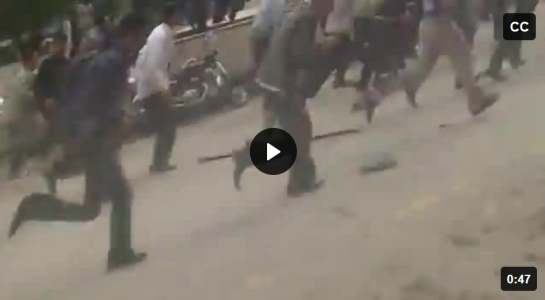
On February 19, VISU member Katarzyna Ruchel-Stockmans gave a guest lecture at the University of Ca'Foscari in Venice.
This event was part of the exchange with Prof. dr. Miriam De Rosa (Ca'Foscari) supported by the EUTOPIA LW Grant.
At least since 2010s, user-generated images emerged as a viable source of knowledge alternative to the established media and communication channels. The wave of protests and ensuing war in the Middle East and North Africa was an emblematic moment in this development. Subsequently, various communities and groups resorted to visual self-representation in an effort to resist oppression and injustice. These include anonymous filmmakers in the war-torn Syria or the numerous refugees attempting the passage to the Fortress Europe. The ‘spreadable’ media cultures (Henry Jenkins) of the web 2.0 era allowed the still and moving images produced by participants to reach other users bypassing the ‘traditional’ media outlets. However, soon it became clear that user-generated content is unstable and volatile. The blurry and low-resolution videos of street protests or migration routes are not only ‘poor images’ (Hito Steyerl) in terms of aesthetics but are also ephemeral and notoriously difficult to track down. Various artistic and activist initiatives attempted to collect and archive some of these images, transforming them into new assemblages variously taking form as a film, installation, online database or an interactive webpage. In this lecture, we will look at several such archiving projects in order to investigate to what extent they lead to a shift in power/knowledge relation. Subsequently, we will consider the impact of the bottom-up image making on the notions of authorship, collectivity, and participation.
